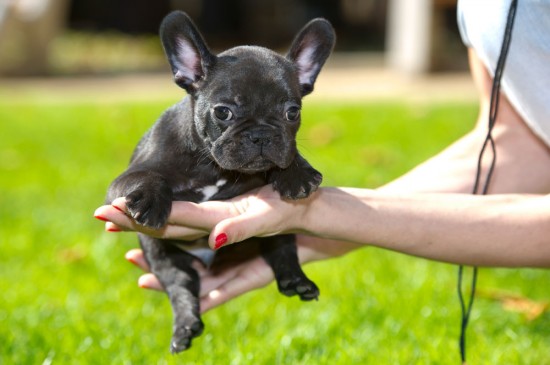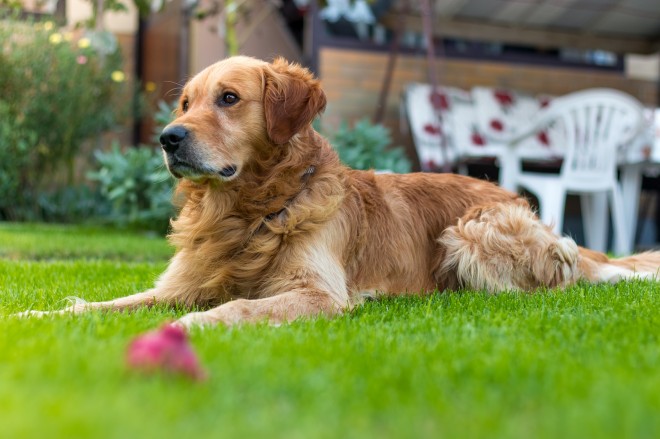
I抳e been around many people who try to lead a horse by ... their head with a lead rope. They end up pulling or jerking the lead rope and the horse will ... pull back or push around the
I抳e been around many people who try to lead a horse by controlling their head with a lead rope. They end up pulling or jerking the lead rope and the horse will typically pull back or push around the person with the lead rope.
Ultimately, you want slack in the lead rope while leading your horse because you don抰 want to pull or jerk him. If your horse moves incorrectly while leading him then you can stop and correct him by making him move his body.
To really be successful in having control the secret is having control over your horse抯 body. How do you do that? By controlling his feet by making him move his rear end away from you. (Also known as 揹isengaging the hind quarters) Why this works so well is it alleviates stiffness and tension and almost magically forces your horse to focus on you.
There are few ways to get your horse to move his rear end away from you. Much of the time, you can stand facing his shoulder and point to his hip. If he doesn抰 move keep pointing and cluck at him. If he still doesn抰 move, twirl the end of your lead rope at his hip and cluck. If he still doesn抰 move tap him with the lead rope while clucking at him.
At any time he moves, take the pressure off him immediately. Give him a pat and a 揼ood boy?and ask for another move. Repeat. Then ask for more steps. Remember to do this on both sides of the body too. It won抰 be long when you will simply point at his hip and he抣l move them for you. Do this every day for a while to get it in his mind that you are in control.
Okay. Now that you moved him, turn your body to walk forward while holding your lead line. Something magical happens right here. Your horse suddenly focuses his attention on you. He抯 very aware of your movement and what you抮e doing. If he messes up because he was distracted or something scared him, all you have to do is move his rear end again. Eventually your horse will start gauging your pace and keep up with you at the same pace you move.
If your horse starts to get ahead of you while leading, move his hindquarters. If he抯 lagging behind you, move his hindquarters. If he goes off into La La Land, move his hindquarters.
Having good control leading your horse is perhaps the most basic training technique there is. But it is also the way we get horses in trailers, moving them around, bathing them, and even riding them. This will help teach your horse to be soft and responsive. And if you have a soft responsive horse while you are on the ground, then you will more likely have the same kind of horse while you抮e sitting in the saddle. And that is the ultimate goal.
 Why Do Cats Meow At Us?
Why Do Cats Meow
Why Do Cats Meow At Us?
Why Do Cats Meow
 Ten Pitfalls To Avoid When Buying A Pedigree Puppy
Ten Pitfalls To A
Ten Pitfalls To Avoid When Buying A Pedigree Puppy
Ten Pitfalls To A
 Applehead Siamese Cats - What Are They?
Applehead Siamese
Applehead Siamese Cats - What Are They?
Applehead Siamese
 When Cats Need Emergency Veterinary Treatment
When Cats Need Em
When Cats Need Emergency Veterinary Treatment
When Cats Need Em
 Tips On How To Keep A Lawn Looking Good For Dog Owners
Tips On How To Ke
Tips On How To Keep A Lawn Looking Good For Dog Owners
Tips On How To Ke
Copyright © 2005-2016 Pet Information All Rights Reserved
Contact us: www162date@outlook.com